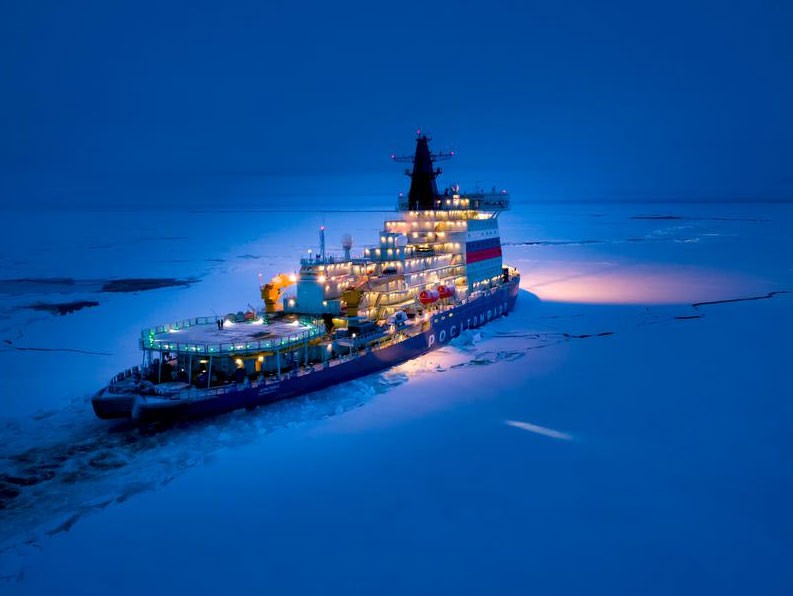One year after an Arctic shipping crisis, there is again early ice on Northern Sea Route
Last year's early freeze triggered a critical situation with more than 20 vessels stuck in thick ice. This year, the shipping conditions in Russian Arctic waters might be even worse.

Late fall 2021 was dramatic for sailors and shipping companies operating in the Russian Arctic. An early and quick freeze of the remote waters took shippers by surprise. By early November, more than 20 vessels were stuck in sea ice.
Among them were at least two oil tankers and several foreign bulk and cargo ships. The situation was not resolved until late December when Northern Sea Route operator Rosatom commissioned more icebreakers to the area.
The Russian state route operator appeared completely unprepared for the situation. Over the past years, ice conditions in late October and early November had allowed extensive shipping along the vast Russian Arctic coast. But not in 2021.
And 2022 might be no better. Ice maps from the Russian Arctic and Antarctic Research Institute show major quantities of multi-year ice covering big areas across Russian east Arctic waters.
The lion’s share of the Laptev Sea and East Siberian Sea are now covered with a solid white sheet, many places more than one meter thick. Shipping through the area requires support from powerful icebreakers.
Rosatom learned important lessons in 2021 and is not making the same mistake this year. On November 15 there was only one ship in transit on the eastern part of the route. The cargo ship Monchegorsk set out from Chinese port of Lianyungang on October 27 and is expected to arrive in Murmansk on November 24.
And although the Monchegorsk has top Arc7 ice protection enabling it to break through 1.5-meter-thick sea ice, it still sails along with a nuclear powered icebreaker. The Arktika has broken ice for Monchegorsk through the whole East Siberian Sea and is likely to continue its escort until the ships reach smoother waters in the Kara Sea.
The Monchegorsk is owned and operated by Nornickel. It normally shuttles between the company’s terminal in Dudinka and Murmansk. The shipment to China comes after the Nornickel said it intends to diversify export routes and markets.
According to Ravil Nasybullov, Director of the company’s logistics department, Nornickel today increasingly looks towards Asian markets, and east-bound shipments on the Northern Sea Route is seen as prospective export route. The same point is highlighted by Deputy Prime Minister Aleksandr Novak.
“With the new and unprecedented pressure on Russian economy from Western countries, the significance of the Northern Sea Route as a marine transport artery […] is manyfold increased,” Novak said in a government meeting in late October.
This year’s tough sea ice conditions in Russian Arctic waters is bad news for Russia’s desire to build new export corridors and circumvent sanctions. Russia neither has a sufficient number of ice-class ships, nor the icebreakers needed to escort them through thick Arctic sea ice.
This article has been fact-checked by Arctic Today and Polar Research and Policy Initiative, with the support of the EMIF managed by the Calouste Gulbenkian Foundation.
Disclaimer: The sole responsibility for any content supported by the European Media and Information Fund lies with the author(s) and it may not necessarily reflect the positions of the EMIF and the Fund Partners, the Calouste Gulbenkian Foundation and the European University Institute.
